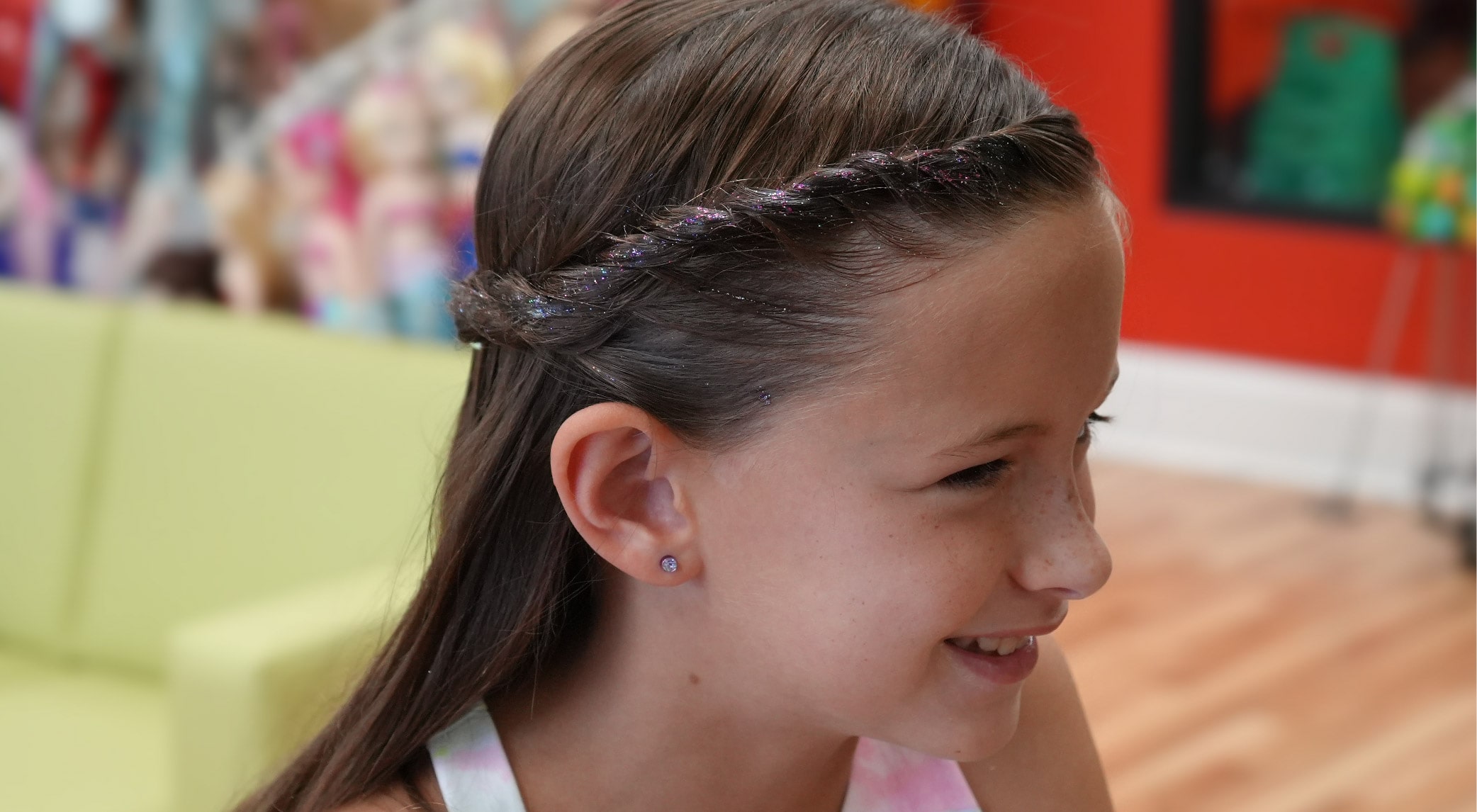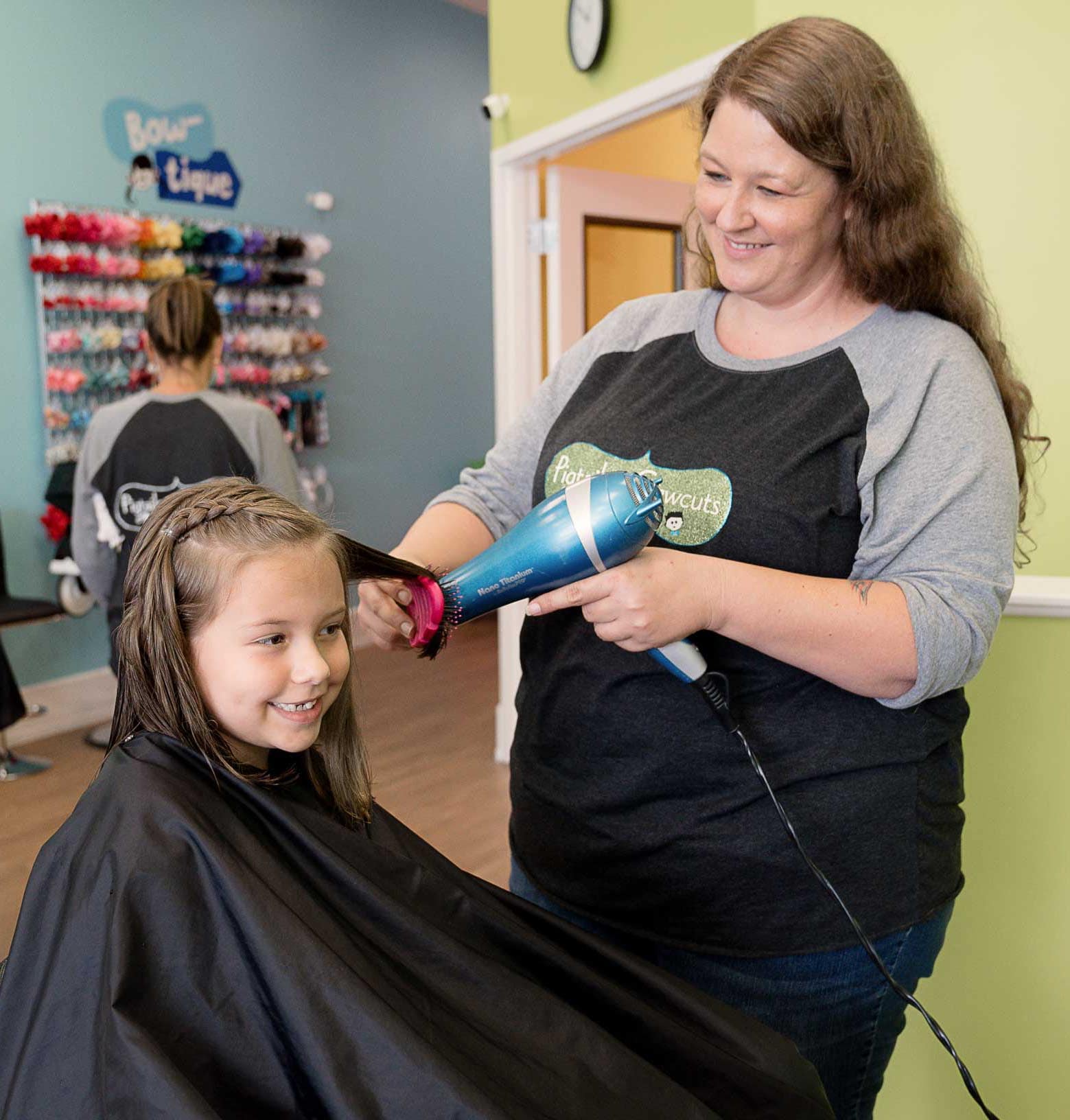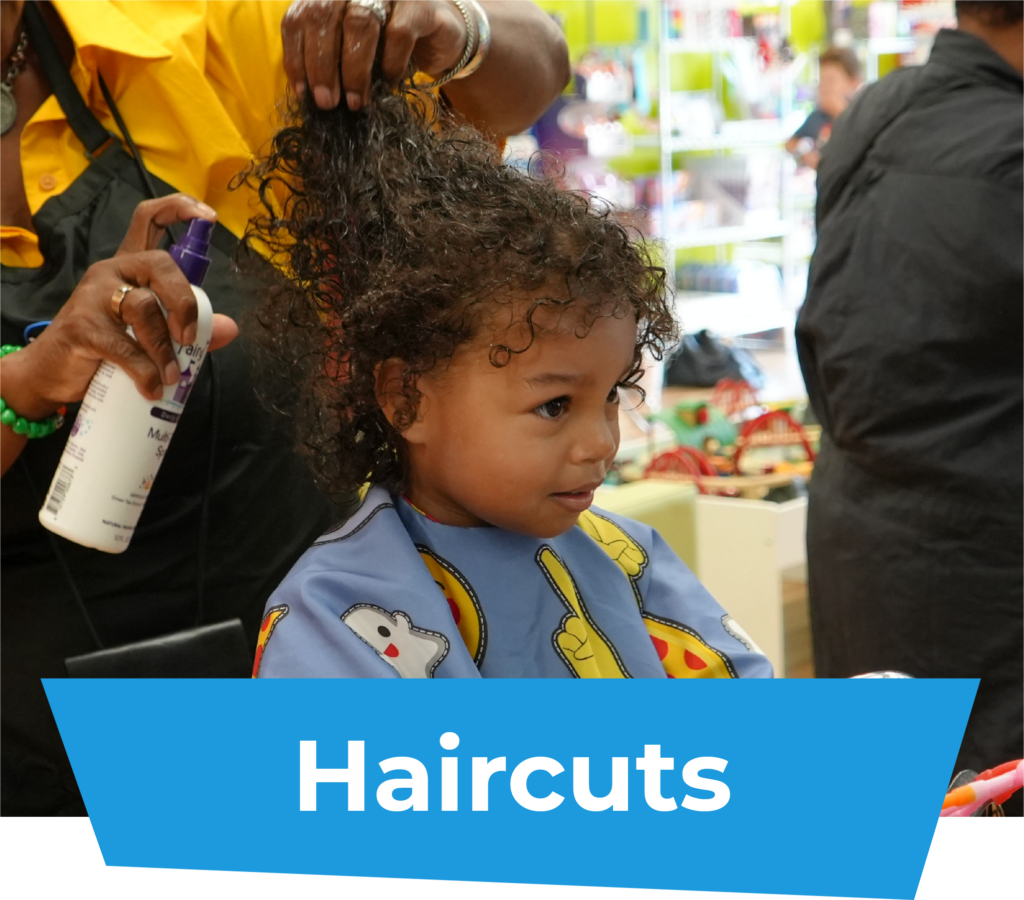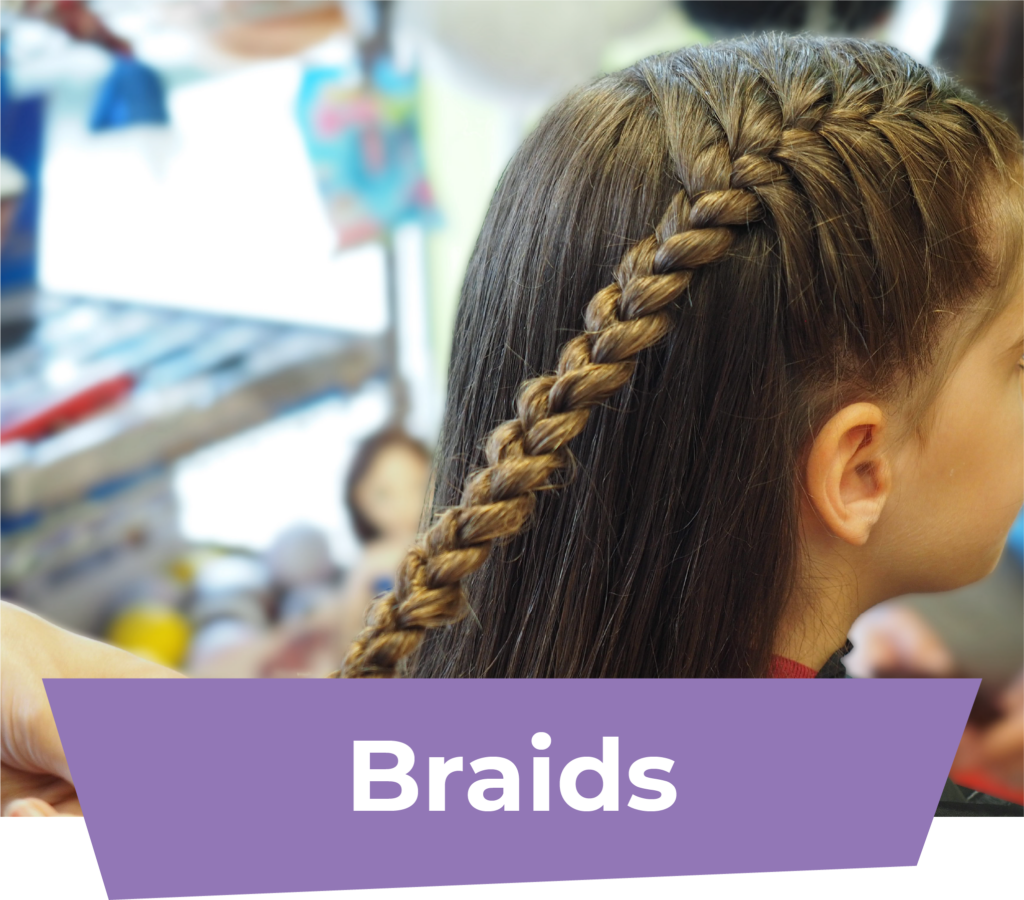The decision of when to pierce your child’s ears is a personal one and can vary based on cultural and individual preferences. Here are a few factors to consider when determining the right time:
1. Age & Maturity
Consider your child’s age and maturity level. Young children may have difficulty understanding and following the aftercare instructions or may not be ready to take responsibility for the healing process. It’s important to ensure that your child is old enough to comprehend the process and participate in the care required or be prepared to complete aftercare for your child.
2. Readiness & Desire
Gauge your child’s interest and desire to have their ears pierced. Some children may express a strong desire to get their ears pierced, while others may not show any interest at all. It’s essential to respect your child’s feelings and involve them in the decision-making process.
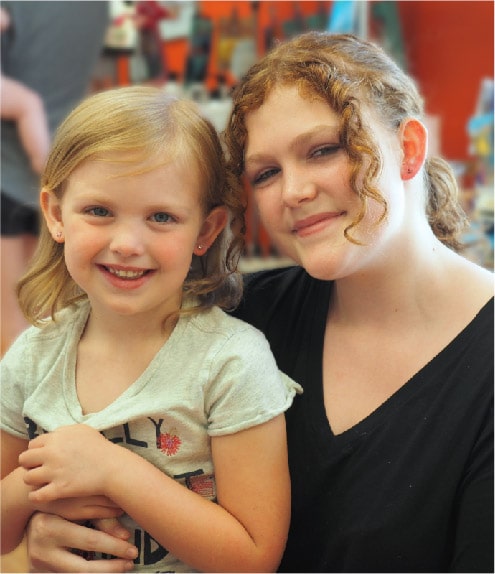
3. Physical Considerations
Evaluate your child’s overall health and any specific medical conditions that may affect the ear-piercing process. Consult with a pediatrician if your child has a history of allergies, skin sensitivities, or any other medical concerns that may influence the healing process.

4. Understanding Risks & Aftercare
Educate yourself about the risks associated with ear piercing and the necessary aftercare. Be prepared to assist your child in cleaning the pierced area regularly and ensuring proper hygiene during the healing period. Consider whether you and your child are ready to commit to the aftercare routine to prevent complications. It’s all about aftercare.
Remember, there is no definitive “right” age for ear piercing. Ultimately, the decision should be made in consideration of your child’s well-being, readiness, and preferences, while prioritizing their safety and comfort. By taking these factors into account and engaging in open communication with your child, you can determine the best time to embark on the ear-piercing journey.
![20161025_P+C_Logo[RGB] Pigtails & Crewcuts logo](https://pigtailsandcrewcuts.com/atlanta-smyrna-vinings/wp-content/uploads/sites/3/elementor/thumbs/20161025_PC_LogoRGB-q0f6i79ou6896fvq6l4jqldahfmvzdyzj8a4h6q3uo.png)
